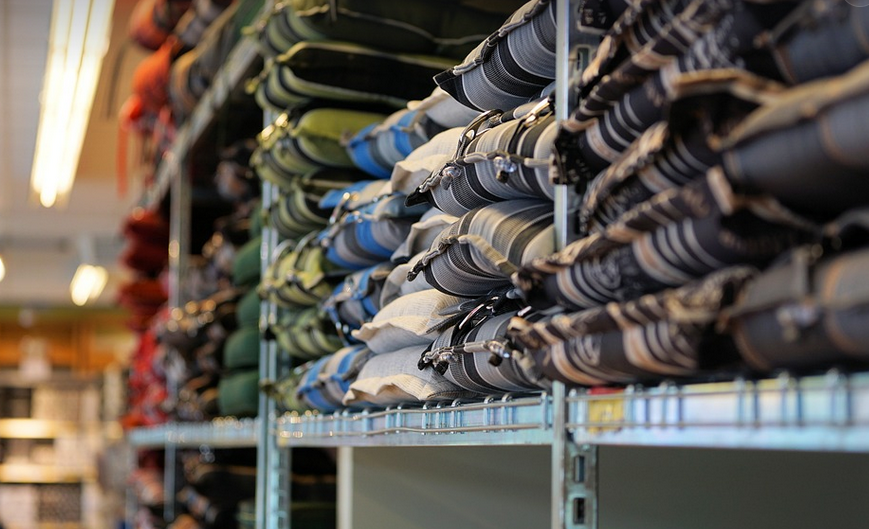Navigating Salt Lake City's Roads: Toll Roads Explained

A Glimpse into the Utah Traffic Landscape
Salt Lake City, with its bustling downtown and vibrant neighborhoods, is a city that thrives on accessibility. However, as with any major urban center, navigating the bustling streets can sometimes feel like trying to find your way through a maze. Luckily, Salt Lake City has implemented a unique system of toll roads to address traffic congestion, enhance mobility, and reduce travel times.
This innovative approach involves strategically placing toll lanes on existing roadways to manage traffic flow efficiently. These toll lanes offer an alternative for drivers willing to pay a small fee in exchange for bypassing the gridlock. It’s similar to how you might use a toll bridge or tunnel for a direct route across a busy intersection.
The implementation of these tolls has been met with both support and criticism, just like any major infrastructural change. Some drivers appreciate the convenience and faster travel times offered by the toll lanes, while others perceive them as an added expense on their journeys. This system aims to address a growing frustration: traffic congestion.
The benefits of this approach extend beyond individual commuters. For instance, businesses and commercial establishments in Salt Lake City benefit from reduced travel time for their employees and customers. This translates into increased productivity and potentially higher profits. Furthermore, the improved traffic flow around the city contributes to a smoother commute for residents overall.
To understand the concept of toll roads better, let’s delve deeper into some key aspects:
The Salt Lake City Toll Roads: A Closer Look
The most prominent toll road in Salt Lake City is the I-80 Express Lanes. These dedicated lanes are strategically placed on a stretch of the I-80 freeway, with some sections running alongside existing interchanges like Park and 500 South. These express lanes offer faster travel times for commuters traveling during peak hours.
Another notable example is the Utah State Route 210 Toll Road, which connects Salt Lake City to Utah County and provides an efficient alternative to driving through heavy traffic on the main route.
Beyond these two major toll roads, there are also smaller sections of dedicated lanes in various areas. Some of these connect to specific projects like the Legacy Parkway, a project that aims to create more direct routes for commuters around Salt Lake City. The use of dedicated lanes helps manage traffic flow, reducing congestion and travel times.
How To Navigate Salt Lake’s Toll Roads
Understanding the intricacies of these toll roads can be daunting, but navigating them is generally straightforward.
1. **Location:** Most of the toll lanes are clearly marked and easily identifiable by their separate signage and lane markings on the roadways.
2. **Payment:** There is a variety of payment options: You can either pay with an electronic transponder or use a mobile app to manage your tolls electronically. These methods offer convenience and ease of payments after driving.
3. **Benefits:** Tolling lanes are designed for commuters who want faster travel times, especially during peak hours when traffic is often congested. This system offers relief from the usual gridlock in Salt Lake City’s busiest routes
4. **Challenges:** Some argue that toll roads might not be accessible to all residents due to their cost or lack of proper infrastructure.
5. **Future Development:** The city is constantly looking for ways to improve the traffic flow system and enhance the effectiveness of these toll roads. The hope is to expand the network and integrate it with other projects and initiatives that aim to connect Salt Lake City’s various neighborhoods and communities.
**The Toll Road Debate: Weighing Pros and Cons**
While the implementation of toll roads has brought positive changes to the city, some remain skeptical about the system. These concerns often relate to the initial financial investment needed for infrastructure improvements and the potential impact on the cost of living for residents.
For instance, the high cost of tolls can be a significant hurdle for low-income individuals who rely heavily on public transportation or simply cannot afford those added fees.
Some citizens also raise concerns about road safety and security, especially in areas with limited surveillance cameras and adequate lighting. Addressing these concerns will require a delicate balance between prioritizing the needs of drivers and ensuring the safety of all those who use the roads
Despite some criticisms, many residents find the toll system to be a viable solution for easing traffic congestion in Salt Lake City and promoting faster travel times. However, it is essential that these concerns are addressed through open dialogues and thorough planning to ensure the continued effectiveness and sustainability of this innovative approach.


